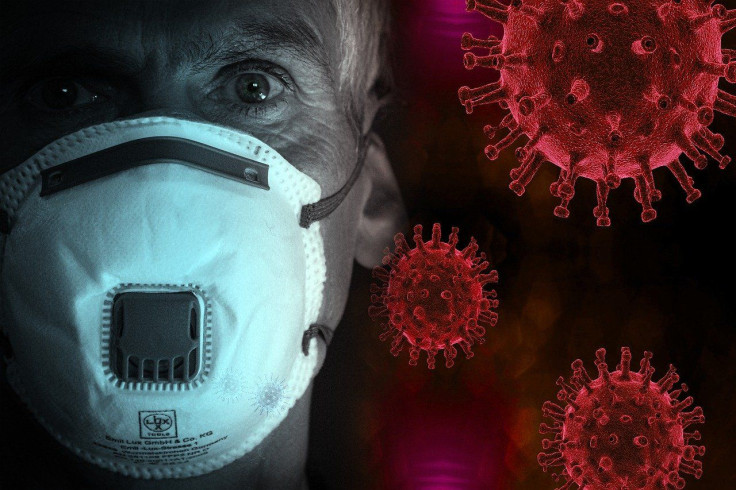Coronavirus Symptoms: Study Links 5 Different Kinds Of Skin Rashes To COVID-19

Experts have added rashes to the growing list of coronavirus symptoms that consisted of fever, persistent cough, shortness of breath, loss of smell and taste, vomiting, and diarrhea. A recent study has identified five different types of rashes as signs of COVID-19.
While rashes are yet to be listed as an official COVID-19 symptom by the World Health Organization (WHO), the findings of this study suggested that they might appear occasionally and last for several days in some patients.
The five rashes include:
- Tiny, flat, and raised red bumps also called Maculopapules is the most commonly found rash which accounted for 47% of the cases. Maculopapules typically lasted around a week and reappeared alongside other symptoms. They were a manifestation of severe infection.
- Asymmetrical, chilblain-like lesions around the limbs that could be painful or itchy. Appears mostly in younger COVID-19 patients and they typically lasted for around 12 days and appeared later on and were linked to mild infections. This rash appeared in 19% of COVID-19 cases.
- Small itchy blisters found on the limbs and trunk. It was often reported in middle-aged people. It lasted around 10 days and showed up even before symptoms appeared. About 9% of COVID-19 cases experienced it.
- Pink or white-colored raised skin areas that appeared like nettle rash accounted for about 19% of COVID-19 cases. They were often reported to be itchy and were found mostly on the body or sometimes on the palms.
- Livedo a.k.a. necrosis is a typical sign of poor blood circulation. It was reported only in about 6% of cases. The skin appeared blotchy blue or red in color with a net-like pattern. It was commonly reported in older patients, especially those with severe illness.
The researchers insisted that the above-mentioned rashes could also be due to causes other than COVID-19 and one should seek medical expertise to differentiate between them.
"The relevance of this study is not so much in helping people self-diagnose, but rather to help build our wider understanding of how the infection can affect people," BBC quoted Dr. Ruth Murphy, president of the British Association of Dermatologists as saying.
© Copyright IBTimes 2025. All rights reserved.






















